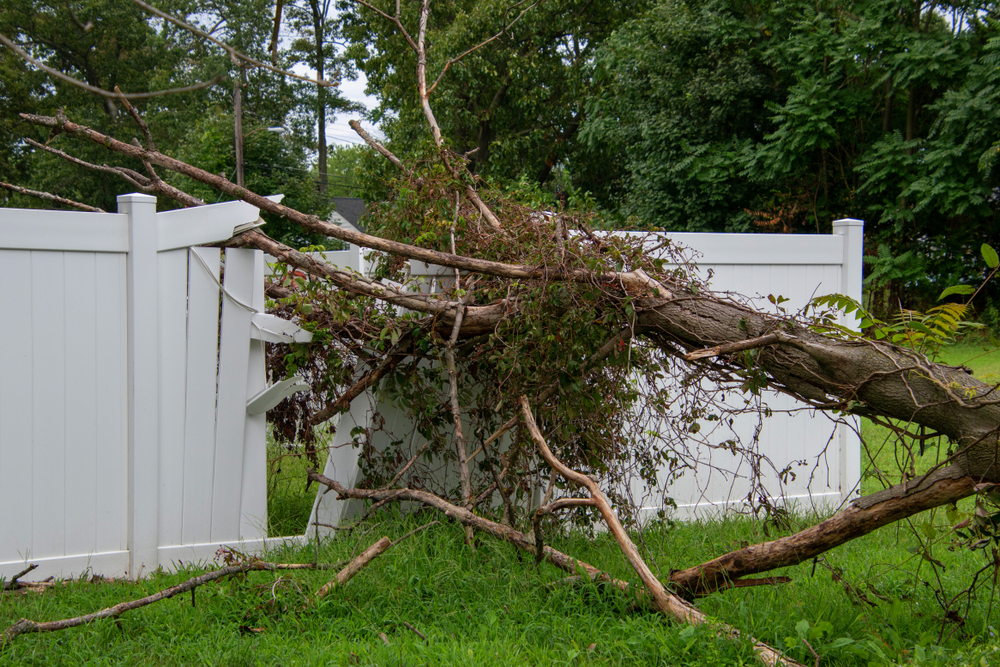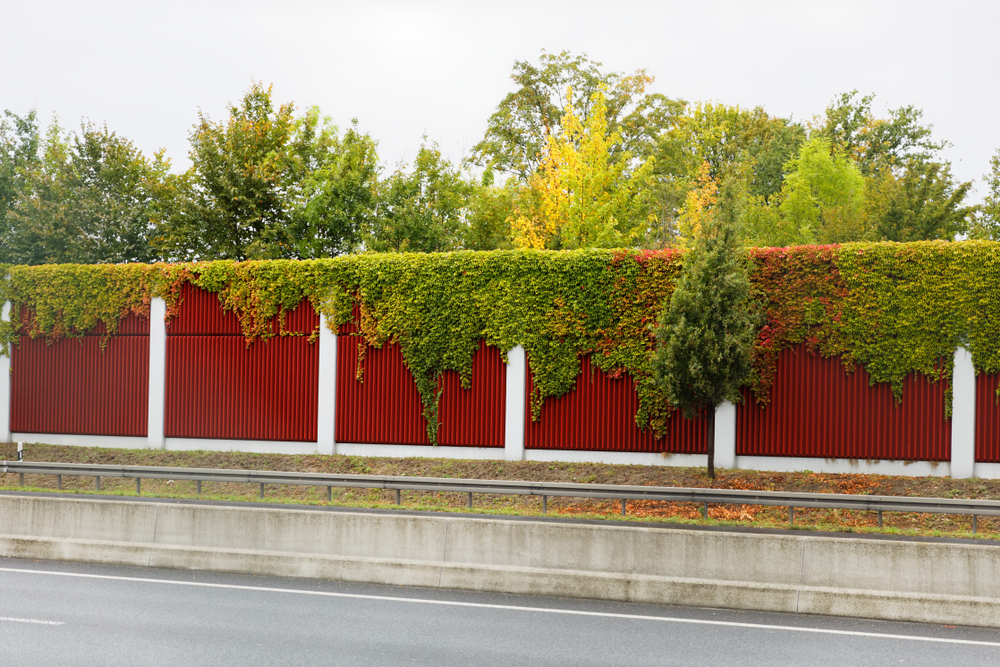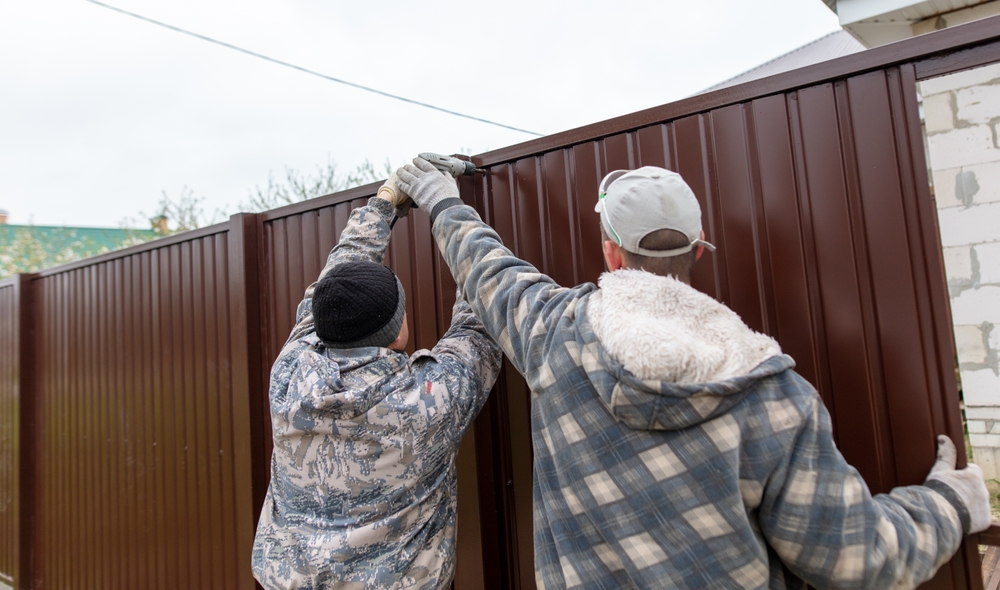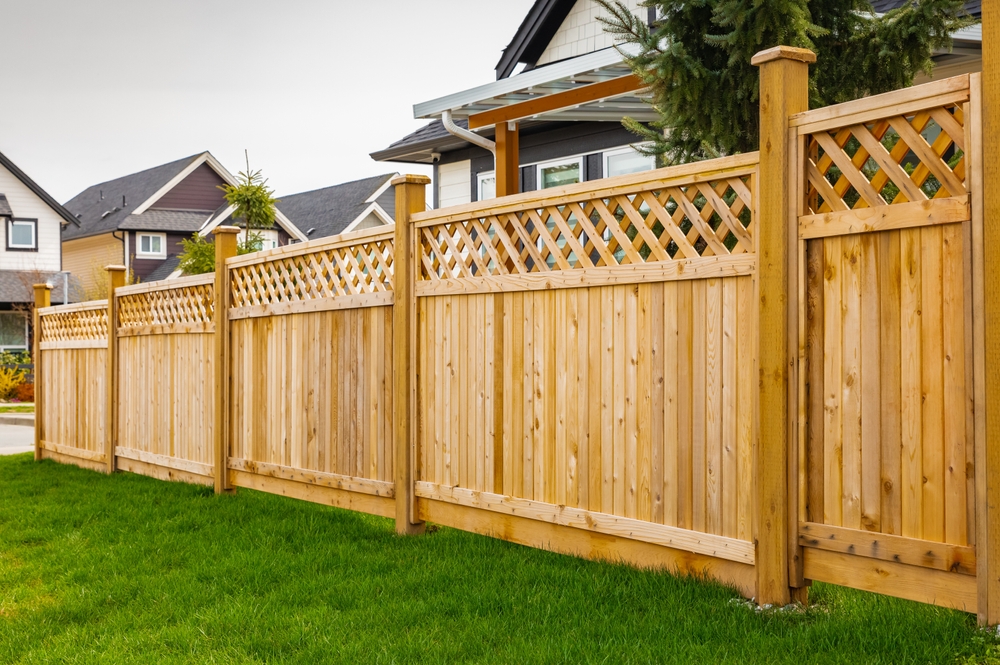The use of gravel under vinyl fence posts is not always necessary, but it can be beneficial in some situations, depending on factors such as soil type, drainage conditions, and the specific design of the fence. Here are some considerations regarding whether to use gravel under vinyl fence posts:
When to Use Gravel:
- Drainage: Gravel can help improve drainage around the base of the fence post, which is especially important in areas with poor soil drainage or where water tends to accumulate. Proper drainage can help prevent water from pooling around the post, which could lead to rot or instability over time.
- Loose or Sandy Soil: In loose or sandy soils that may not provide adequate stability on their own, adding gravel can enhance the stability of the fence post by reducing the risk of settling.
- Frost Heave: In regions where frost heave is a concern (where freezing and thawing of the ground can lift fence posts), gravel can help provide additional stability and minimize the effects of heaving.
When Gravel May Not Be Necessary:
- Stable Soil: If your soil is stable and well-compacted and there are no significant drainage issues, you may not need gravel under the vinyl fence posts. In many cases, properly compacted soil can provide adequate support.
- Concrete Footings: Some fence installations use concrete footings instead of gravel. Concrete footings are poured into holes around the fence posts and allowed to set, providing a stable base for the posts.
- Manufacturer Recommendations: Follow the manufacturer’s installation guidelines for your specific vinyl fence system. Manufacturers may provide recommendations on the use of gravel or other materials under their fence posts.
Installation Steps with Gravel:
If you decide to use gravel under your vinyl fence posts, here are the general steps:
- Dig the Post Holes: Dig the holes for the fence posts to the appropriate depth and diameter, following local codes and manufacturer guidelines.
- Add Gravel: Place a layer of gravel at the bottom of each post hole. The amount of gravel needed can vary, but a few inches are typically sufficient. The gravel should help with drainage and stability.
- Set the Posts: Insert the vinyl fence posts into the holes with the gravel at the bottom. Ensure that the posts are level and plumb. If you’re using concrete, you can mix and pour it into the hole around the post at this stage.
- Backfill: Backfill the holes with soil, tamping it down firmly as you go to eliminate air pockets and provide stability.
- Secure Posts: Secure the posts in place according to the manufacturer’s instructions. This may involve using concrete, brackets, or other hardware.
In summary, while gravel is not always required under vinyl fence posts, it can be a useful addition in certain situations, particularly for improving drainage and stability. Consult local codes and the manufacturer’s recommendations to determine the best practices for your specific fencing project.





